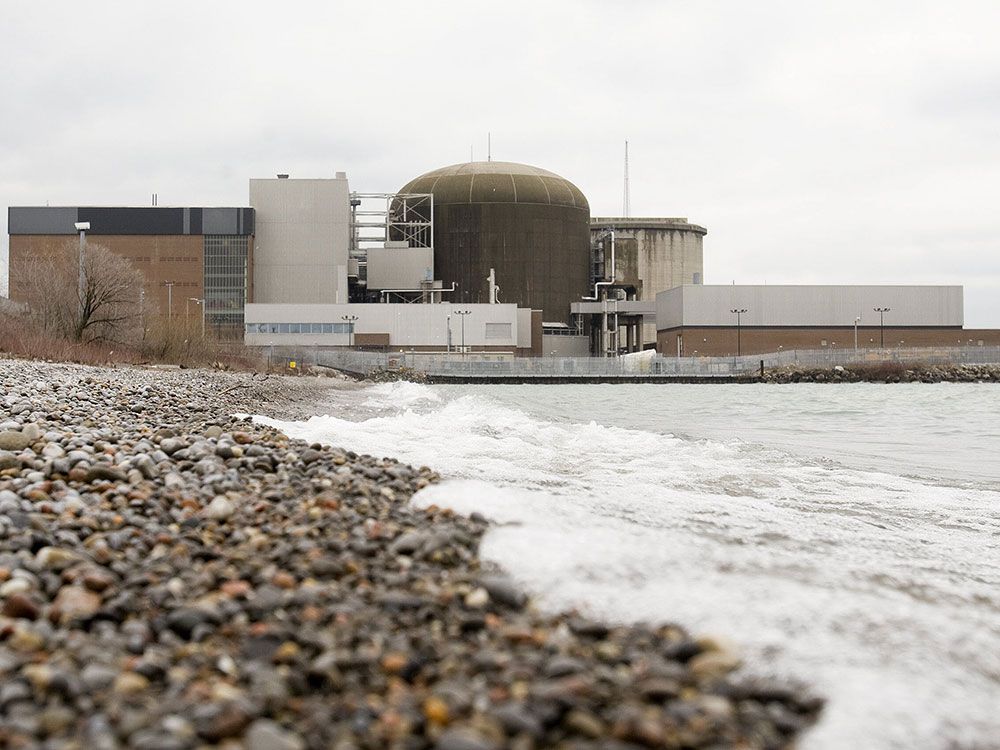Hey all. Long time lurker, first time poster. Considering how this topic falls into my area of expertise, I thought it would be fun to chime in!
First, as others have mentioned, Ontario is expected to see a large increase in 'base' demand in the coming decades. To meet this increase in demand completely with solar and wind, we would need to invest tremendously in some sort of battery storage. I can say with high confidence that the people in positions of decision making power are not excited by the prospect of relying on a relatively unproven technology. Current commercially-available battery technology also suffers from limited lifecycles before experiencing degradation. This isn't to say that we couldn't meet our raw electrical power demand with renewables alone. Certainly, if we throw enough money at the issue, we could build terawatts of solar and wind and batteries.
The main reason I wanted to opine is to discuss a topic that I never see mentioned, despite it's importance in this equation: electrical grid stability.
I'll use an analogy, because this topic is actually moderately complex to understand without a background in electrical engineering. Think of our electrical grid as an elevator. The motor at the top pulls the elevator cabin smoothly up the shaft at a steady pace. If a 150lb person were to step onto the elevator as it moved past their floor, the cabin itself would feel a 'bump' but the motor would be capable of adjusting and handling the abrupt change in load. But if a ten 250lb linebackers were to jump onto the elevator at once, the motor would fail as it would not be able to meet the demand of the new load.
The reason that the elevator couldn't meet the demand is due to the size of the motor pulling the elevator. If we have a little 5 horsepower motor pulling the cabin, it will be susceptible to moderately large swings in load because the physical size of its rotor does not have enough mass to compensate for the change in load with its own inertia. However, if for some reason the elevator operated with a massive 1000 horsepower motor, then it could handle the change in load because the mass of its huge rotor carries enough inertia to overcome the change in torque at the instant that the people jump onto the elevator.
To apply this to our electrical grid, think of the load on the grid as the elevator cabin, and the generation capacity of the grid as the motor. If we use a whole bunch of tiny 'motors' (solar panels, wind turbines, distributed battery packs) then large swings in electrical demand could cause the generators of power to fail. These large swings in power could be from large industrial consumers of power, though there are ways to mitigate this issue using technologies like cogeneration local to the industrial consumers.
The actual reason we require massive generators on our grid is to compensate for the large changes in load that occur during faults (e.g. a tree falling on a power line). If the grid were comprise solely of solar panels and wind turbines, the massive change in power demand that occurs when a line faults and experiences a short circuit to ground would likely cause the panels and turbines to fault and take themselves offline, thus bringing about a huge grid-wide power outage. However, if we have physically large generators attached to the grid (e.g. natural gas plants, hydro electric, nuclear), the inertia of these large generators could handle the sudden spikes that occur during faults, and the grid would remain stable. Yes, there are technologies like protective relays which isolate faulted power lines, but the sudden spike experienced by the generators cannot be avoided.
This is a very long-winded way of saying that our electrical grid of the future cannot solely rely on renewables. Yes, hydro electric helps with the inertia problem, but Ontario doesn't have sufficient capacity of hydro power to protect against this issue on its own. Therefore, unless some new technology is invented, we will still be relying on either natural gas power (probably not) or nuclear power long into the future. From the perspective of the decision makers at the IESO, there's no 'debate' happening. This is just a matter of fact. Of course, we need to figure out our nuclear waste storage problem. This is pure speculation, but I anticipate that we'll likely get an announcement of a decision on this issue in the next couple of years to coincide with the construction of Bruce C.






